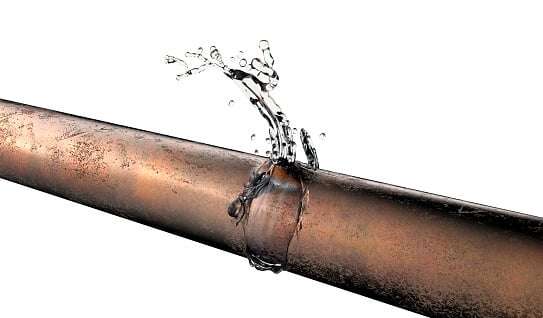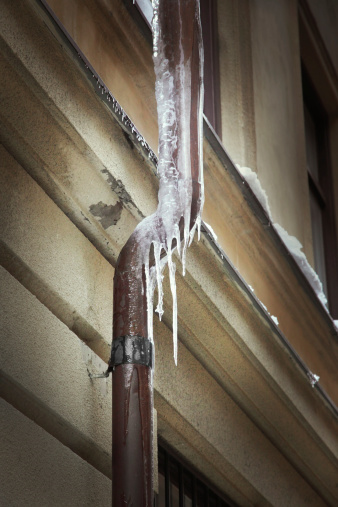 It almost always sneaks up on us in northern California, probably because we're unaccustomed to the extreme cold: The frozen pipe and worse, the pipe burst.
It almost always sneaks up on us in northern California, probably because we're unaccustomed to the extreme cold: The frozen pipe and worse, the pipe burst.
It's easy to understand how either problem can develop, especially if you've been away for a long weekend-- or haven't read a previous Experts in Your Home article, “Be ready for winter; make sure your home plumbing can handle the cold.”
Allow our licensed Chico plumbers – experts every one – to provide some plumbing help by explaining how to thaw a frozen pipe and guiding you through what actions to take in the event of a pipe burst. In the end, you might call on the Experts for assistance. But don't hesitate to call us at the beginning of your discovery, either; you'll never be sorry about calling for plumbing help when you're in the throes of a crisis.
Plumbing Help, Part 1: How to Thaw a Frozen Pipe
Pipes can freeze in northern California when outdoor temperatures fall to 20 degrees or less. Many pipes are vulnerable to such extreme temperatures, especially those from outdoor hose bibs, water sprinkler lines and swimming pool supply lines. But indoor pipes can freeze, too, especially those that run against an exterior wall, are uninsulated or are located in unheated regions, such as attics, crawl spaces, basements and garages.
If you turned on a faucet and no water came out, it's likely that a pipe has frozen. In this case:
- Leave the faucet open. As you treat the pipe and the frozen water melts, it will flow through the pipe and melt other frozen parts.
- Starting closest to the faucet, apply heat to the pipe by:
- Soaking towels in hot water and wrapping them around the pipe
- Wrapping an electric heating pad around the pipe
- Applying heat from a hair dryer
- Do not use any device with an open flame, such as a blowtorch or a kerosene or propane heater. You could damage or rupture the pipe and even start a fire.
Two More Warnings:
- Take your time with these techniques, and expect that your sense of urgency might skew your sense of time. In other words, like leaving a frozen can of soda on the counter, you might be pleasantly surprised by how quickly the thaw occurs.
- Check other pipes in your home. If one pipe has frozen, it's very possible that another pipe has frozen, too.
Plumbing Help, Part 2: How to Respond to a Pipe Burst
Admittedly, the sound of gushing water can grip the heart with fear. Secure your safety first, and that of your loved ones, before you:
- Shut off the water at the main valve, which will stop the gushing water.
- Turn off your furnace.
- Turn off your main electrical supply as a precaution to eliminate the risk of electrical shock and damage to your circuits, appliances and electronics.
- Call Experts in Your Home so that we can repair the pipe burst.
- Move furniture and other possessions away from the pipe burst.
- Record the damage from the pipe burst by taking pictures and thorough notes. You will need this information for an insurance claim. Pipe bursts can be particularly expensive propositions, often exceeding $5,000, according to the Insurance Institute for Business and Home Safety.
Plumbing Help Bonus: Prevent Both Maladies
You can significantly reduce the chance of a pipe freezing or bursting by:
- Wrapping vulnerable pipes in foam insulation sleeves
- Keeping cabinet doors under sinks open when temperatures plunge to 20 degrees
- Allowing water to trickle through your faucets when temperatures plunge
- Maintaining an indoor temperature of no lower than 55 degrees, even when you're away from home.
You don't have to wait for crisis to strike to call Experts in Your Home. If it's Chico plumbing help you need – from repairing leaky pipes to insulating them properly – call us so that these plumbing crises do not sneak up on you.








